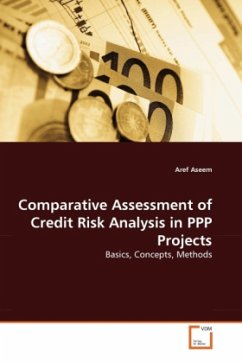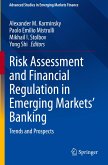The global volume of project-financed transactions reached record high of $354.6 billion in 2010. In the aftermath of the 2008 financial crisis and the ensuing economic downturn, governments around the world faced the need for investment in infrastructure; in this environment the ballooning budget deficit as well as firms' declining appetite for bearing the risk of massive projects had increased the use of project finance and PPP as a financing mechanism. However the sheer size of these projects implies a great deal of risks associated, and due to highly leveraged financing structure of these projects the credit risk is one of the main concerns in implementation of such projects. This book breaks down the credit risk analysis process and provides a definition of credit risk in PPP projects in simple terms and compares the practice of authorities in UK, Canada and Finland as well as assessing the impact of those practices on the credit risk level. It also includes an introduction into the project finance concept, its history and theoretical reasoning.
Bitte wählen Sie Ihr Anliegen aus.
Rechnungen
Retourenschein anfordern
Bestellstatus
Storno








